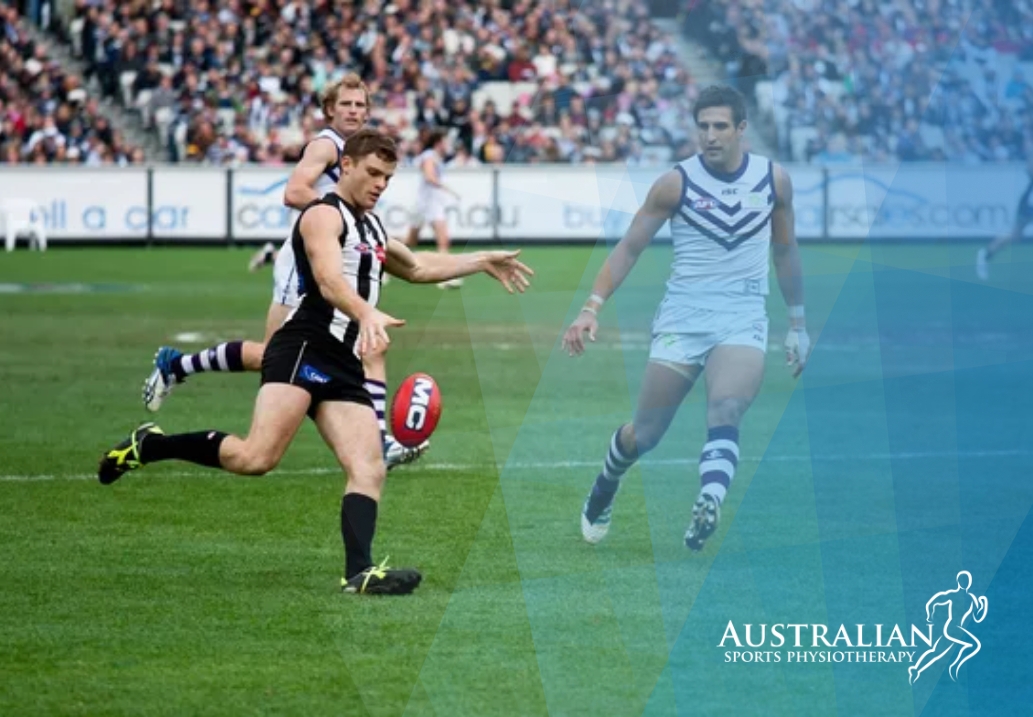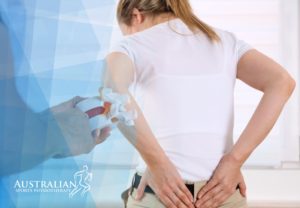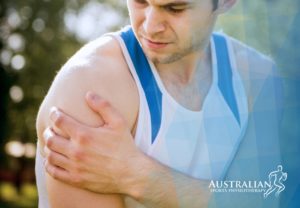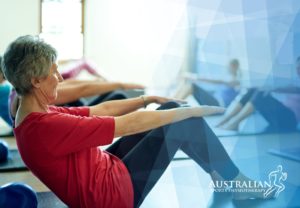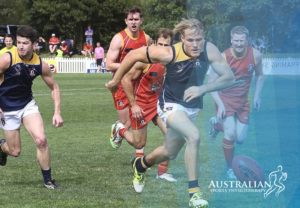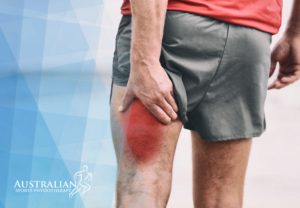Australian Football League (AFL) is a popular sport that demands a lot from its players. With its high-intensity gameplay, it’s no surprise that injuries are common among AFL players. But what happens when a player gets injured? How can they get back on the field as quickly as possible?
AFL injuries can range from minor sprains to more severe ones requiring surgery. However, with the proper treatment, players can fully recover and return to playing at their best. This is where sports physiotherapy comes in.
Sports physiotherapy plays a vital role in treating and preventing AFL injuries. Whether you’re a professional player or someone who enjoys playing for fun, it’s essential to understand the common AFL injuries and how sports physiotherapy can help.
AFL injury statistics
While injuries can’t be avoided entirely in sports, Australian Rules Football (AFL) has the highest injury rate nationwide, according to statistics. Let’s take a look at what types of injuries are most common among AFL players:
- Hamstring injuries (19.1 missed games/club/season in 2015).
- ACL injuries (16.7 missed games/club/season).
- Shoulder sprains and dislocations (11.5 missed games/club/season).
- Leg and football fractures (8.6 missed games/club/season).
- Ankle sprain/joint injuries (7.2 missed games/club/season).
Common AFL injuries and causes
- Hamstring injuries
Each year, hamstring injuries are the most common AFL injury, with 6 injuries occurring per club. Hamstring strains are caused by overstriding when nearing maximum speed and attempting to maintain speed.
Leaning forwards to maintain or achieve extra speed, bending to pick up the ball while running, or attempting to break out of a tackle are other common mechanisms of hamstring strain injury in AFL.
Given the lack of traction on slippery surfaces, hamstring injuries are more common.
- Shoulder sprains or dislocations
Shoulder injuries occur when the tissue responsible for supporting and stabilising the shoulder (the ligaments) becomes excessively stretched or torn, leading to the upper arm bone ‘popping out’ of its socket in your shoulder blade.
Due to its superior mobility, the shoulder is particularly vulnerable to dislocations.
Shoulder injuries typically occur from a direct hit or jolt to the shoulder, like an intense collision or falling onto the ground. Additionally, excessive shoulder rotation when participating in activities such as tackling can cause harm.
- Knee injuries
Hard ground and extra traction can both contribute to athletes suffering from knee injuries, especially those sporting longer cleats for increased boot-to-ground contact.
An ACL (Anterior Cruciate Ligament) reconstruction makes athletes more prone to repeat injury. After returning from the procedure, these individuals are ten times as likely to suffer a recurrence within months and four times more likely to injure any knee during their sports career than players who have not had surgery. A history of prior ACL reconstruction is thus considered the most significant risk factor for future ACL damage or trauma.
Ruckmen engaging in contests for the ball at centre bounces are particularly susceptible to PCL (Posterior Cruciate Ligament) injuries due to frequent jumping and duelling.
- Groin strains
Although hamstring strains are the most common injury in AFL, groin strains is not far behind. This is due to the destructive force on the pelvic ring while performing activities like kicking, running or sprinting – especially when abruptly changing direction.
Also, landing on hard surfaces can bring a severe strain on this area too.
Preventing AFL injuries
The risk of injury in sports can be drastically reduced through proper screening and identification of potential danger signs.
Previous injuries, hip joint misalignment, age, as well as incorrect jumping or landing techniques are all elements that may increase the likelihood of a sporting accident.
With these considerations now commonplace in sports medicine circles today, athletes have far greater protection than ever before against catastrophic harm while they compete at their highest level.
Here at Australian Sports Physiotherapy, our sports physiotherapists make it our mission to lessen the likelihood of sports injuries through comprehensive assessments, training and conditioning regimens and help patients bounce back quickly from any injury.

Final Thoughts on Common AFL Injuries and Sports Physiotherapy
After two decades of monitoring injuries in the AFL, we now have more profound insight into prevalent injury patterns. The most recurrent – and costliest due to time lost – are hamstring strains, ACL ruptures, and glenohumeral dislocations.
The chaotic nature of the AFL – with its heavy focus on ball contesting, tackling from all angles and high-speed running – can, unfortunately, lead to a higher rate of injuries.
While AFL injuries can be painful and frustrating, sports physiotherapy can be a game-changer in recovery. Athletes can recover faster and prevent future injuries by seeking professional help and following a tailored treatment plan.
So, don’t let injuries sideline your game – get the support you need and get back in the game!
